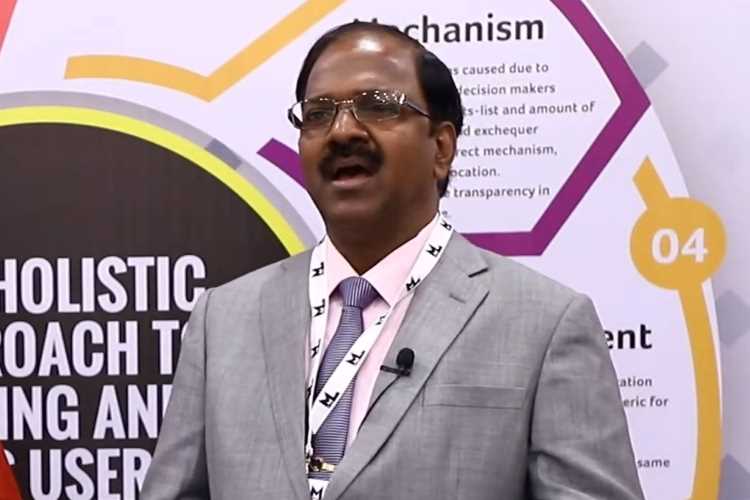The steel industry is one of the few sectors that are growing at a fast pace despite the economic slowdown. India is among the top steel producers in the world. SAIL is the largest steel producer in India with five integrated steel plants and 23 million tonne production capacity. Raw material availability and poor logistic facilities are the biggest challenges faced by the industry. Laxmi Narayan Mallik, Executive Director (Logistics and Infrastructure) at Steel Authority of India Ltd, talks about the logistic challenge faced by the steel producers in an exclusive interview with Anisha Nayar Dhawan. Edited excerpts:
The rail and the road networks are already saturated. How is SAIL planning to move raw materials and finished products as it raises capacity?
SAIL is the largest steel producer in India with five integrated steel plants and 23 million tonne production capacity. It is moving around 48-50 million tonnes of material for which logistics is a huge challenge. We are moving around 65 rakes daily with Indian Railways and expect more initiatives from it. Railways have come up with general purpose wagon scheme under which SAIL looks to own 13 rakes of iron ore and imported coking coal circuits.
READ: A holistic mining policy can boost growth, employment generation: Experts
We are also exploring coastal movement and inland waterways. The government is putting a lot of emphasis on that. The disadvantage is that SAIL does not have any port-based plant and all our plants are in the hinterland. Last mile and first mile connectivity of the plants are a problem. Port sizes and capacities need to be expanded so that we can aggregate the materials. We need small ports to handle small tonnages at the nearest locations. Small barges to handle small parcel sizes also must be developed. If Sagarmala Development Company is coming up with these facilities, SAIL will be keen to explore the opportunities.
SAIL has tried coastal movement of cargo from Haldia to Chennai. Time factor is worrying SAIL and we would like to collaborate with other companies to get smaller barges.
Where do you see the logistics cost going, given the pressure on existing rail and road lines?
Today, the logistics cost is almost 15% and SAIL is trying to reduce it. Ultimately the cost of logistics will help us win the race. We are importing a lot of coking coal. As we increase our steel output, the import of coking coal will increase. The eastern coast has fewer ports and berths and no new ports are coming up. The lack of infrastructure keeps our vessels waiting.
READ: ‘Mining policies must have certainty, clarity and consistency’
Looking at 2030 options, we are looking at what best Indian Railways can do. We are waiting for the dedicated freight corridor of Indian Railways that will help us move our finished products to different markets. Freight corridors must come up with feeder lines to help the industry. The entire steel industry is looking for opportunities in railways, sea routes and inland waterways. For slurry pipelines we have the right of way issue with Indian railways. We are also working on that option.

